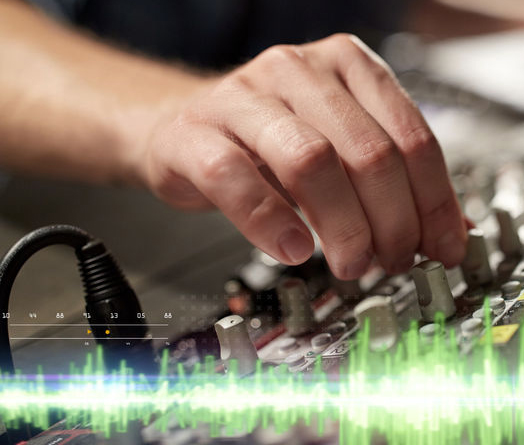
But here’s the catch: engineers will adjust channel EQs during the performance as well, changing the mix for the monitors. This makes the sound from the monitors more unstable, sometimes even causing feedback issues if those channel EQ moves are substantial. So they gain the ability to fix monitor sound on a per-channel basis but lose the freedom to shape the sound for the audience as desired because they’re limited by the restrictions of the monitors.
Clear Winner
So, what’s the “right” approach when doing monitors from FOH? It is, simply, up to the individual engineer. Weigh the pros and cons of both approaches and decide which works best for them and their artist.
There is a way, however, to have our cake and eat it too. Digital consoles allow us to combine both approaches. My preferred method is to double the so-called “money channels” – lead vocals, solo instruments, whatever one decides are the most valuable inputs – and duplicate them on the console.
The first is sent to the main bus for FOH and the second is sent exclusively to monitors. Voila! The best of both worlds at our fingertips. There’s the freedom of shaping the sound for FOH to our liking without affecting the sound in the monitors, with the added bonus of now having the ability to have corrective EQ for the monitor mix as well.
But when this luxury isn’t available (maybe there are no spare channels on the console), I usually opt for mixing monitors post-EQ. That said, here are some things to keep in mind:
1) This approach is way more effective when we do our homework on the input source side. Make sure that mic selection is the best possible, that the mics are placed where they should be, and that the sources are in their best possible shape.
2) Also consider that we shouldn’t be correcting a bad sounding PA system on a channel level. When all system engineering principles are applied and the system is optimized on a system processing level, we reduce the need for channel corrective EQ.
Those deciding to go this route must be aware that their EQ moves influence the monitors as well. Boosting an EQ band and sweeping to find the frequency that needs to be cut is out of the question.

Cutting instead of boosting is almost always our friend, and it’s imperative to train to cut as much as is necessary and no more. Retaining as much of the signal as possible helps ensure the monitor’s stability and will support the FOH sound.
As with most things in life, our approach is our call — an individual choice. It’s my hope that what I’ve presented here helps in making a slightly more informed decision.
Just keep in mind that there’s almost always more than one way of doing things and that there’s usually not a clear right or wrong answer. If something makes our client happy and helps us create a great experience for the audience, then we’ve done a good job. It never hurts, though, to try out things on our own to see if there’s another workflow that can make us faster and more efficient, and therefore better at our craft.
